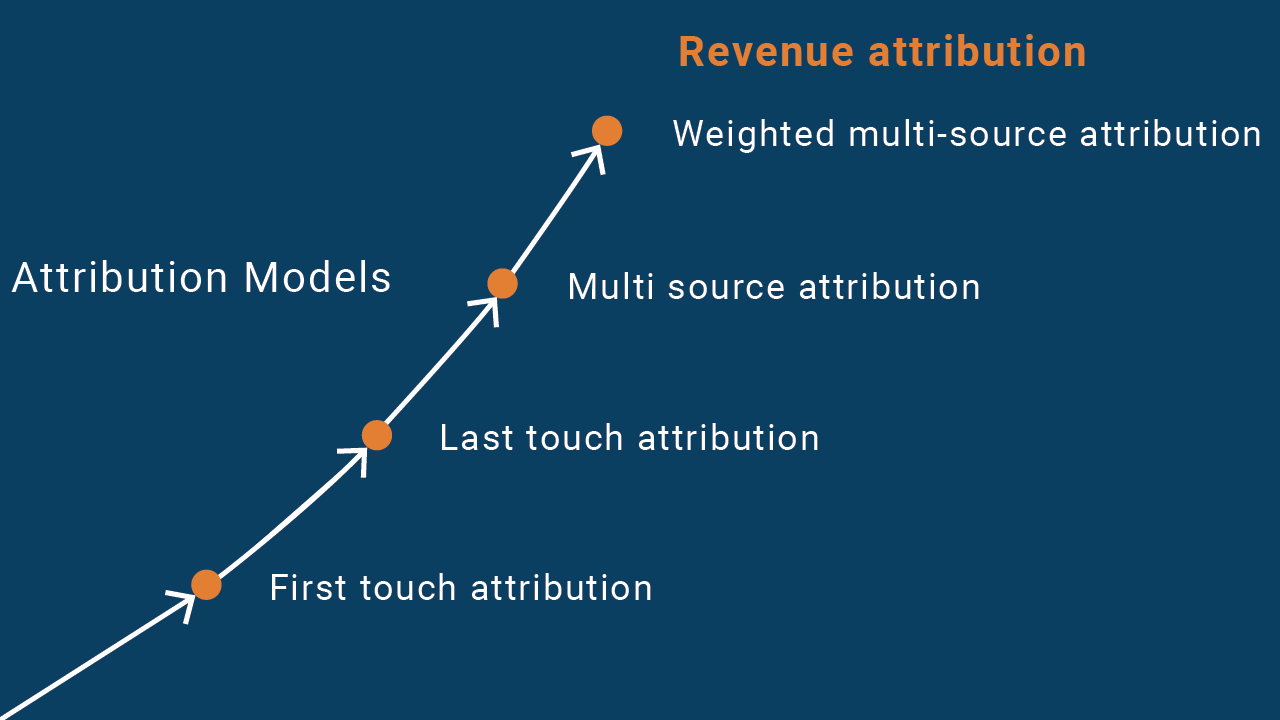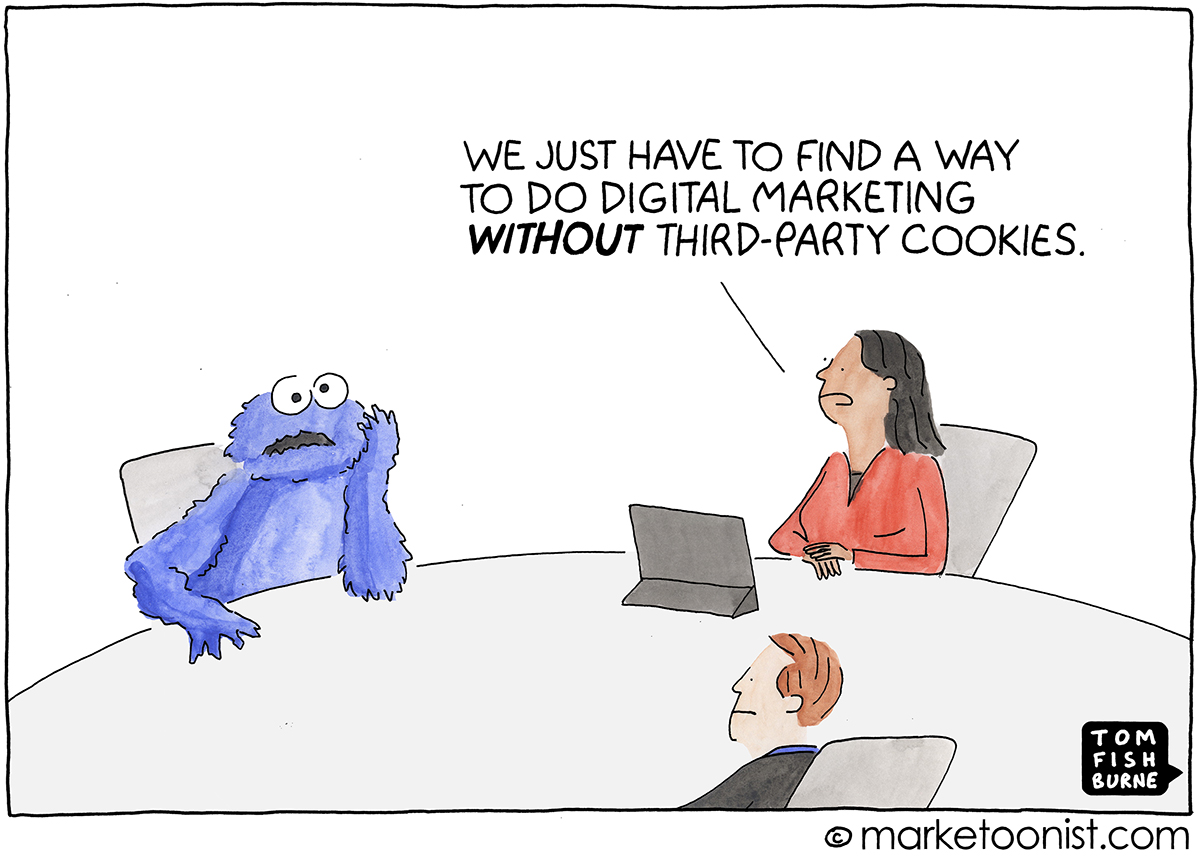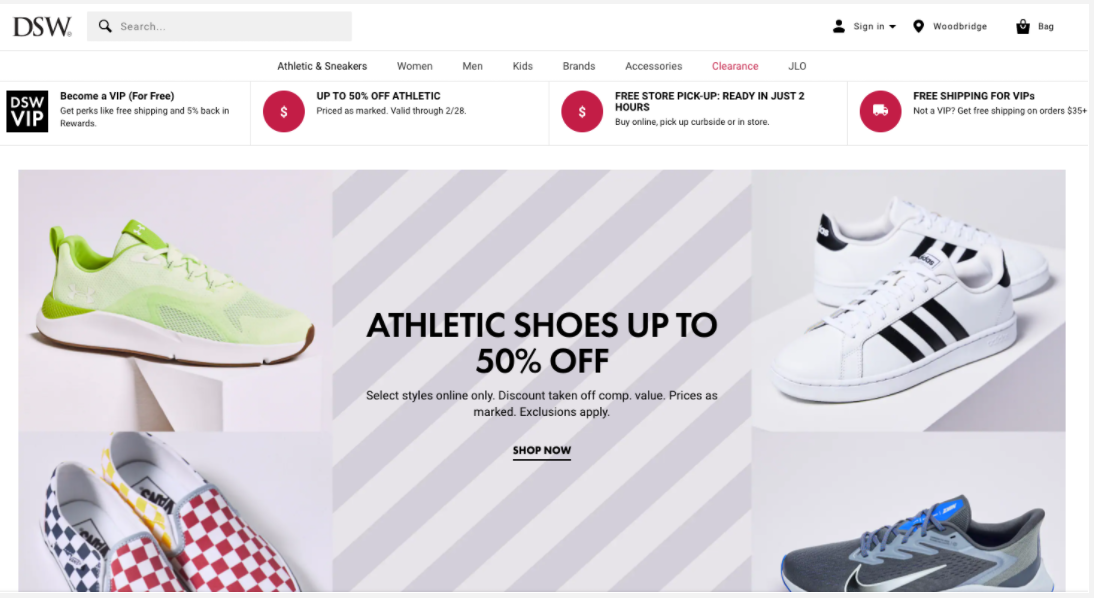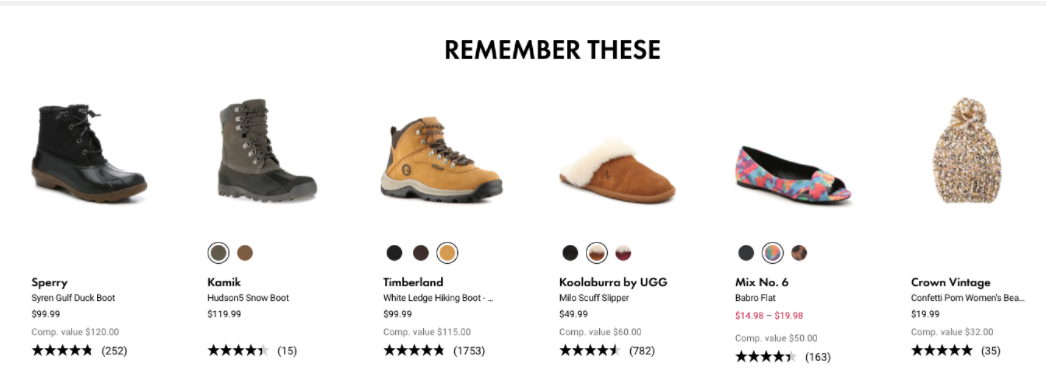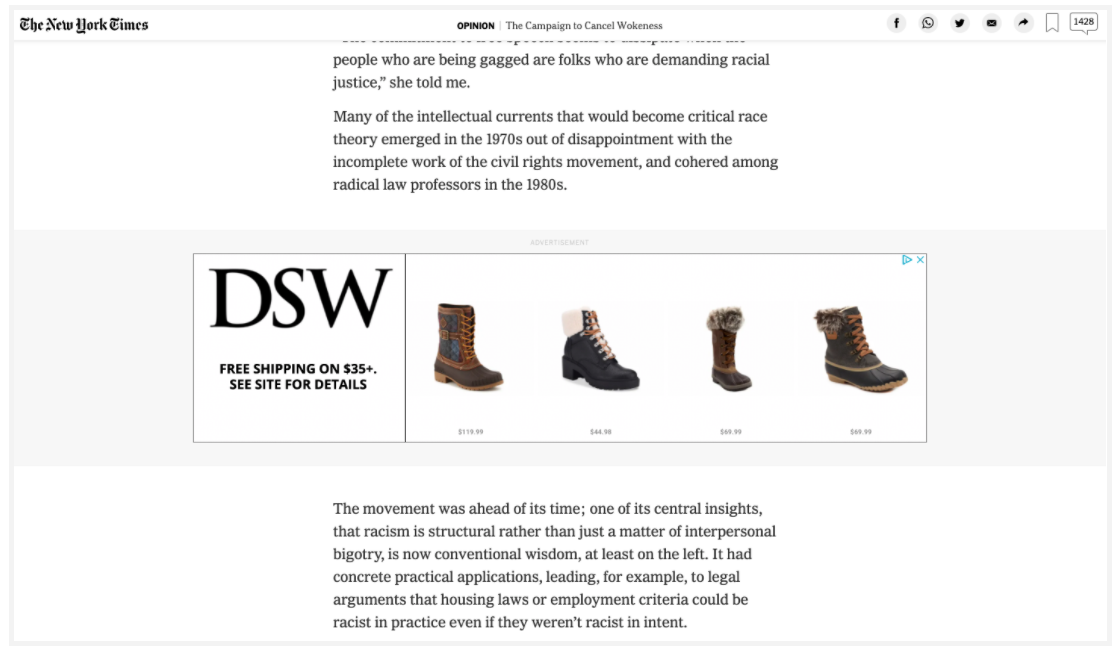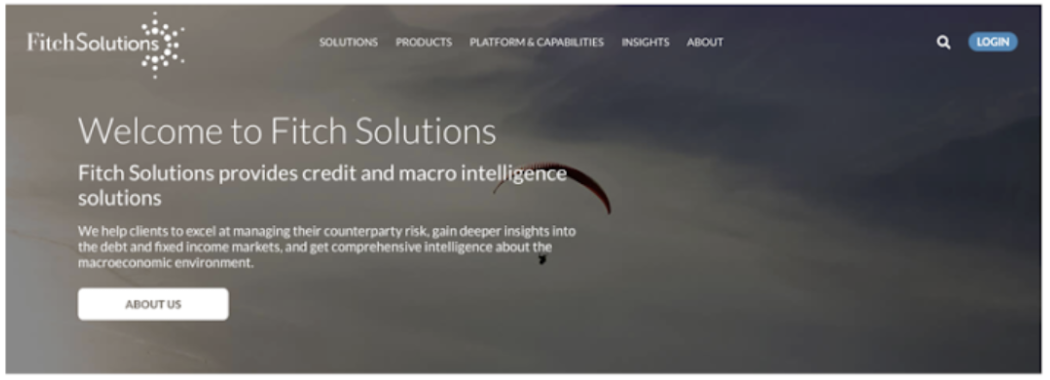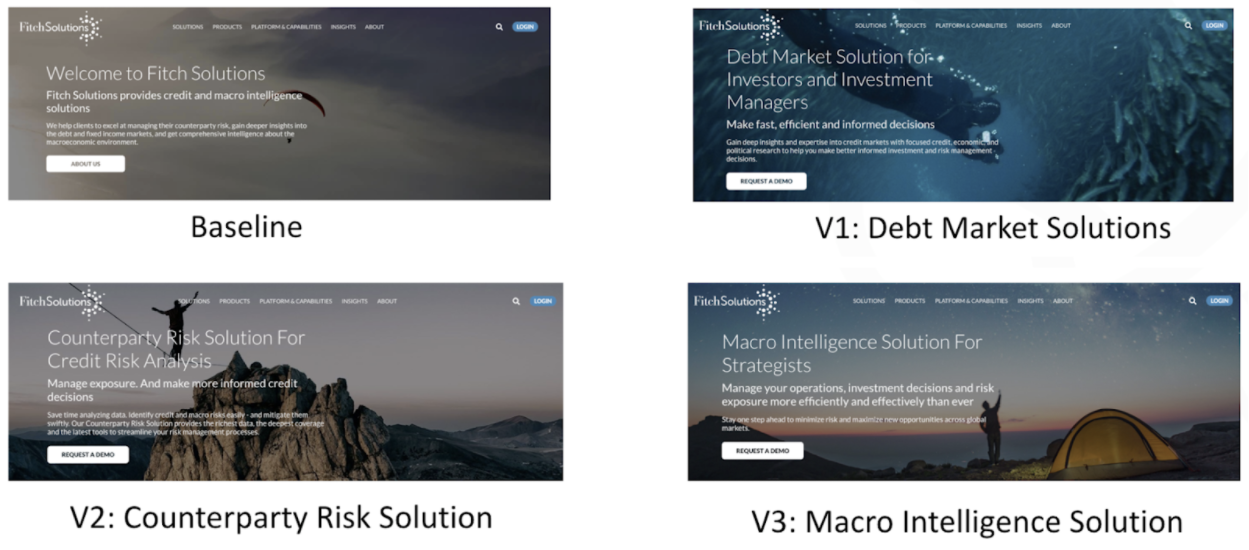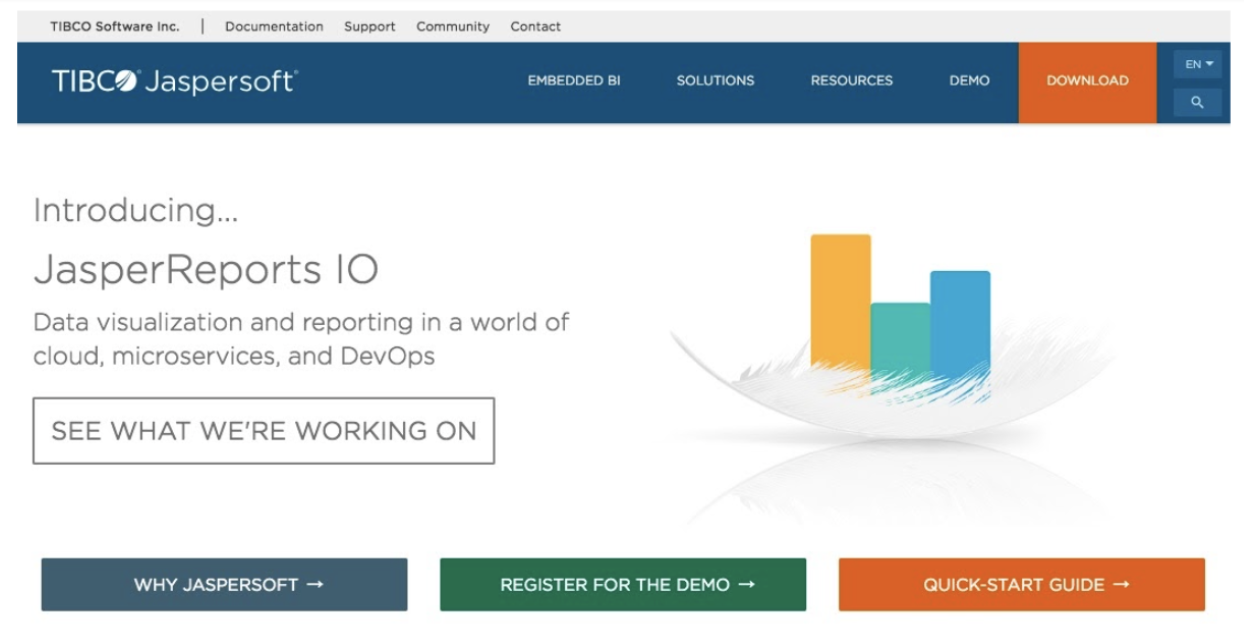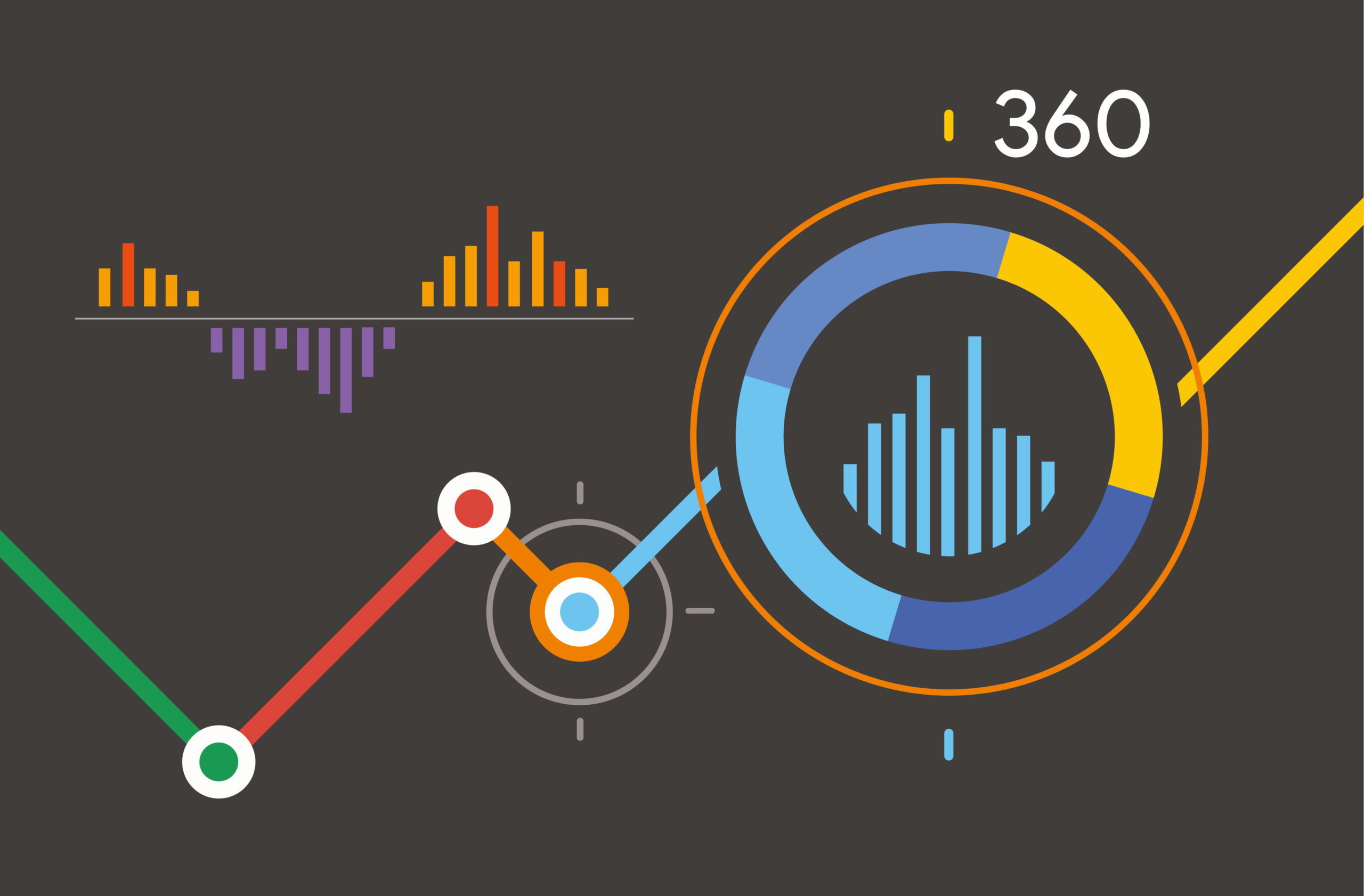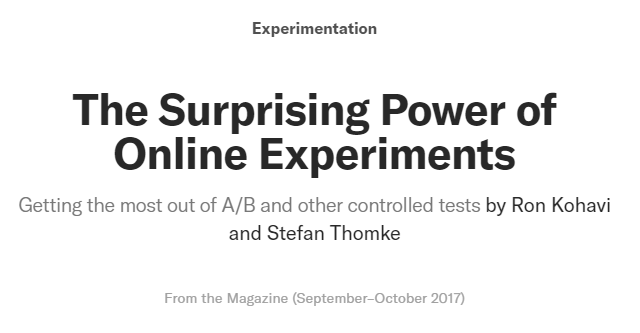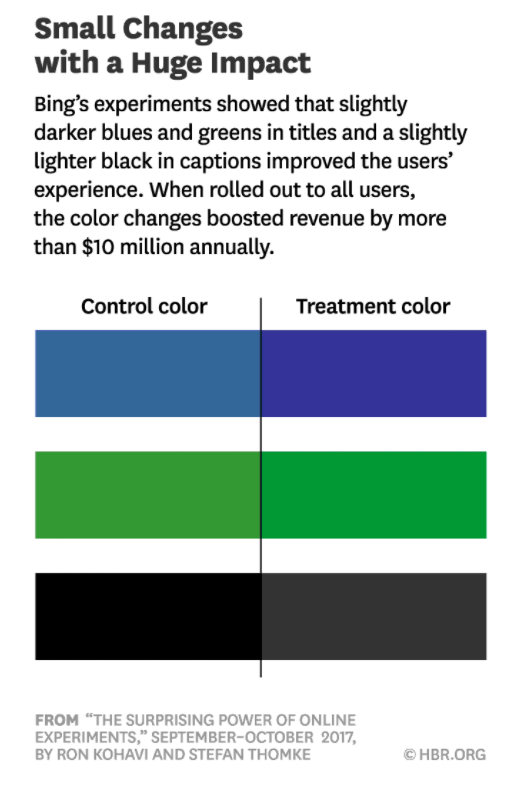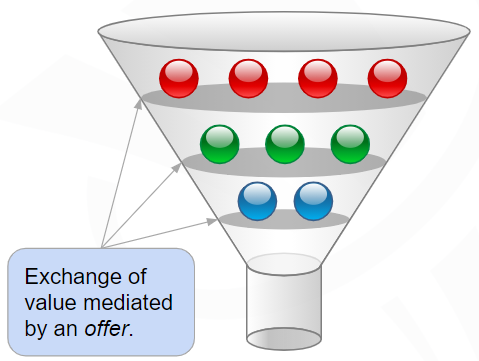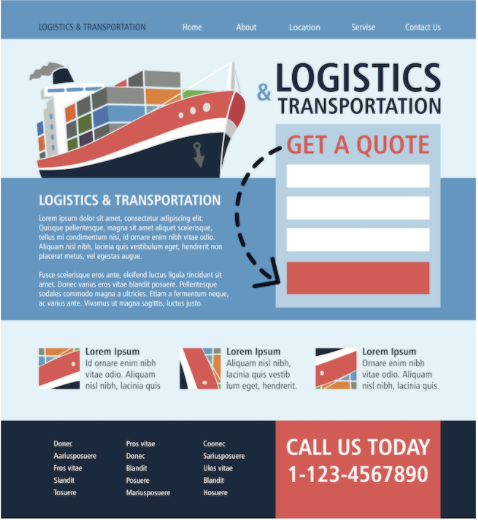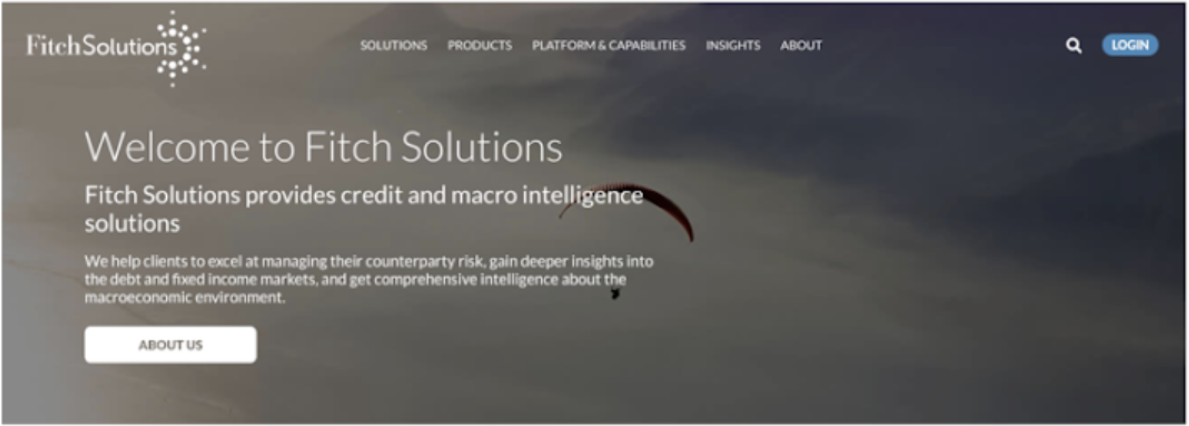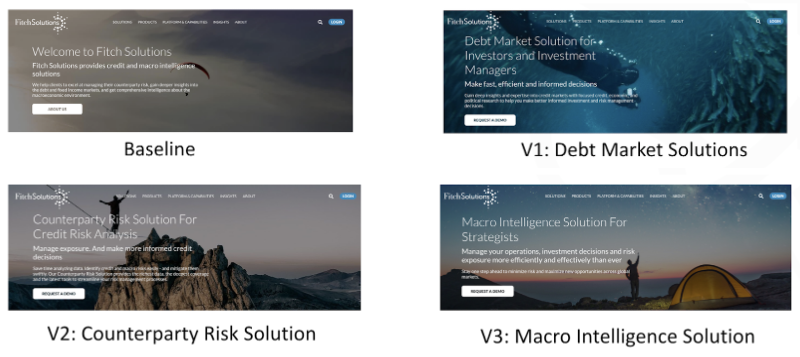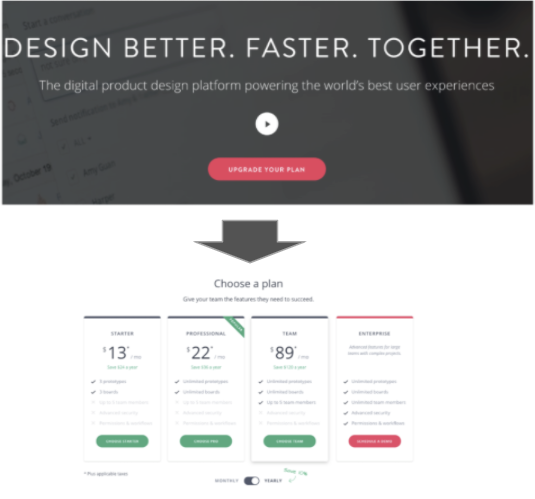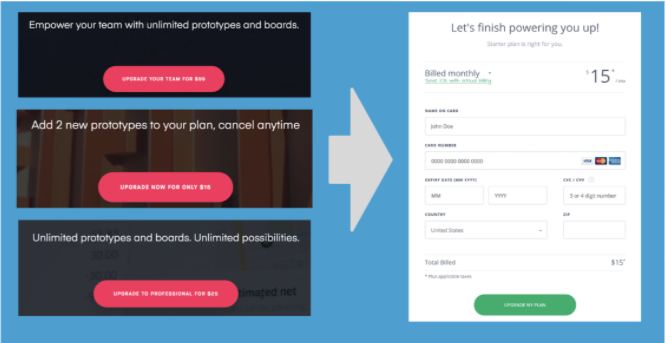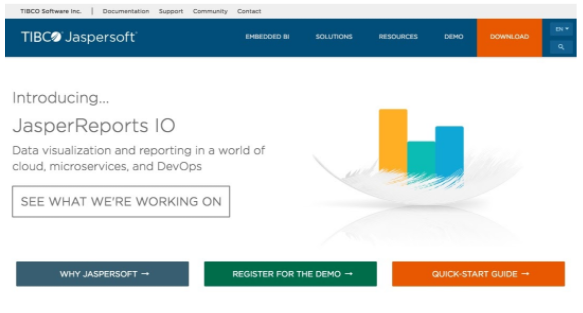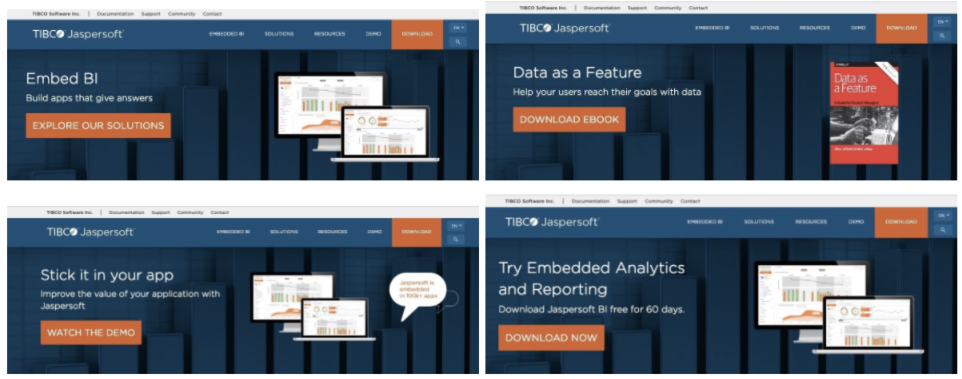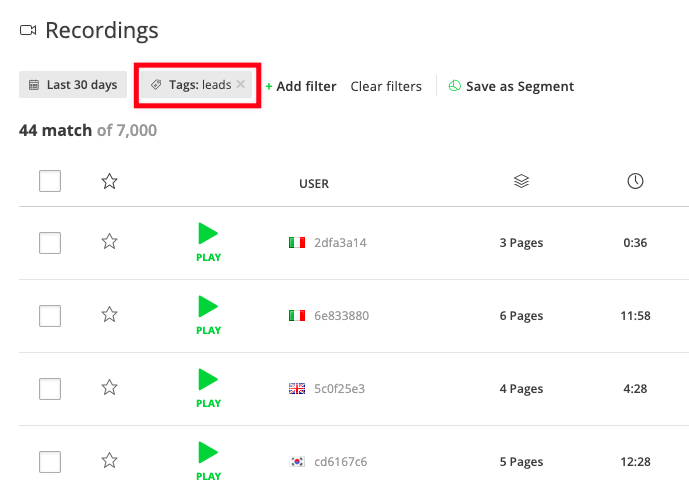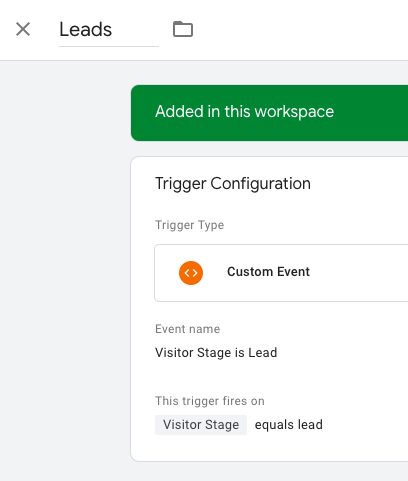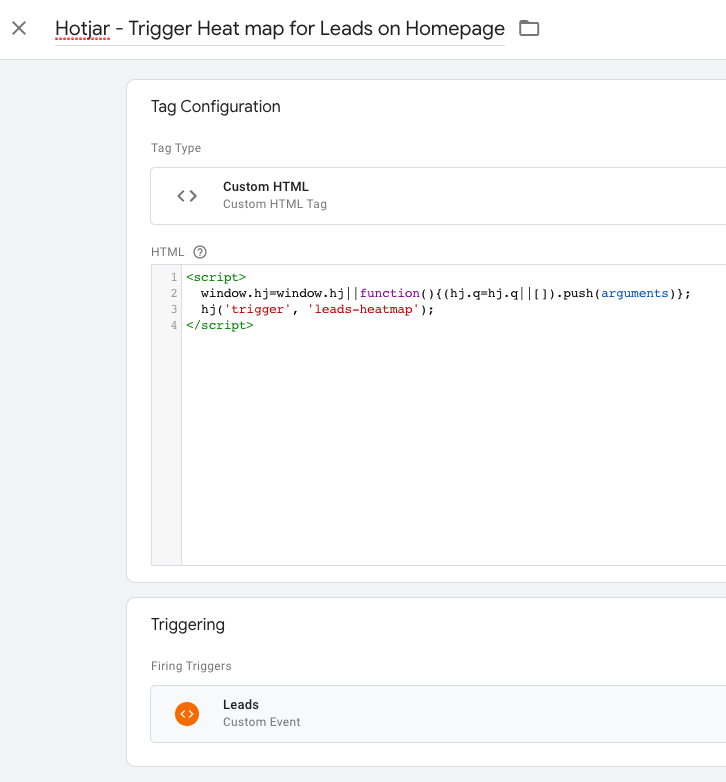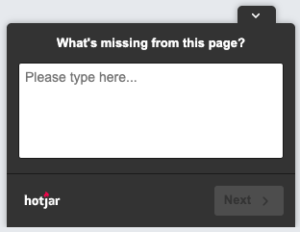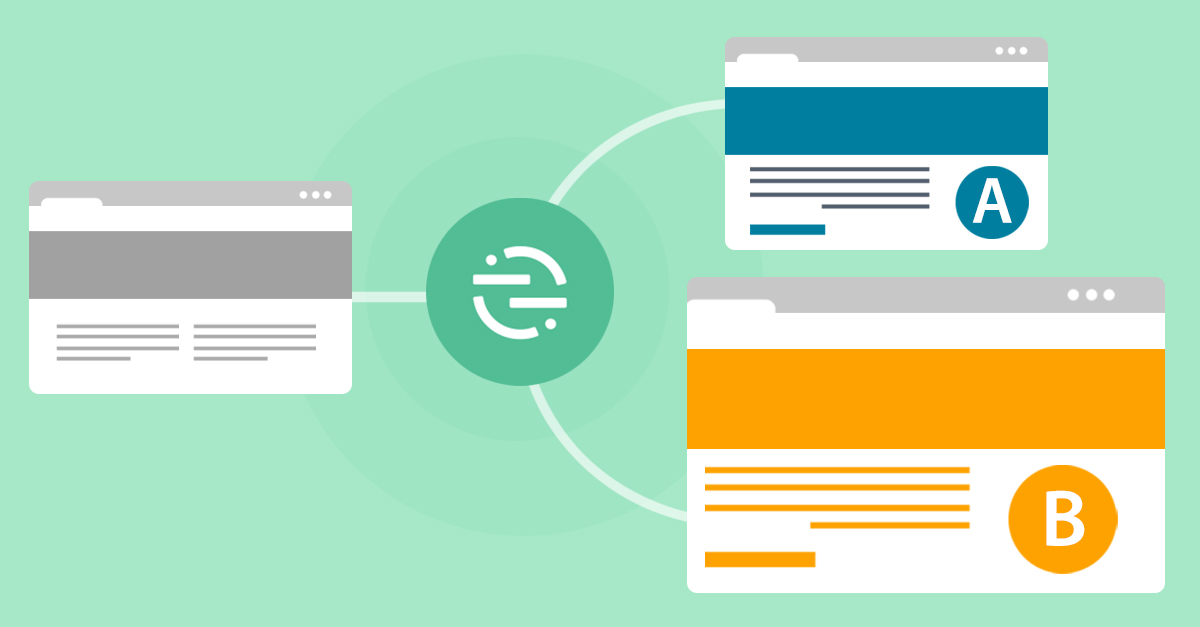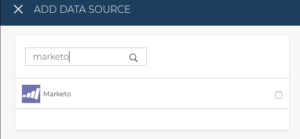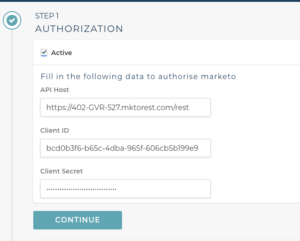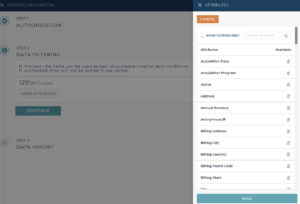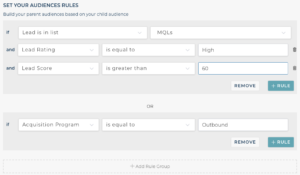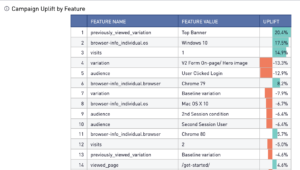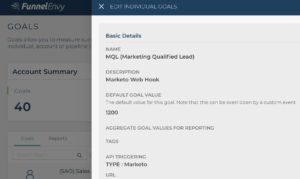How To Improve Your Site Experience In A User-Centric World (And Still Generate Leads)
The algorithmic world of web optimization is rapidly moving towards a user-centric paradigm. To keep up, brands will need to prioritize their site experience like never before.
In this post, we’re going to cover why site experience is key to your success and give you some actionable tips you can use to improve your site experience today.
Let’s get into it!
Your site experience is key to generating leads
Website experience, or UX, encompasses everything your users encounter when they visit your website. It’s the visuals, the ease with which they can uncover information, and the process they go through to make a purchase.
In a world that is becoming more user-centric, focusing on user privacy and moving away from keyword-based SEO, lead generation is going to become increasingly entangled with the performance of your website. The better your site experience, the more leads you’ll generate. And, with that in mind, here are our top ways to improve your site experience…
5 ways to improve your site experience
1. A great site experience starts with pages that load quickly
The first thing that anyone is going to notice when they visit your website is how quickly it loads. Or, ideally, they won’t notice this at all.
The goal for any website should be for any page on your site to load in less than three seconds on an average WiFi download speed. If your website takes longer than this to load, you have some work to do. When it comes to mobile, things need to be even faster. Less than two seconds is ideal for reducing your bounce rate.
One of the first things you should do to reduce a web page’s load time is to compress all of the images on your website. There are free resources online (like TinyPNG) that will quickly compress images for you.
Plus, white space is also important. Not only is it important to a pleasing design, but blank space loads faster than content-filled space.
And, finally, ensure that the most important and visible elements of your webpage load first. Typically, buttons and navigation bars should appear first, then your text, then images and media.
2. Simple and efficient registration and sign-up forms are crucial
Another crucial component of a great site experience is simple registration and sign-up forms. These are the forms on your website that visitors use to sign up for your newsletter, subscribe to your service, and register an account on your website.
If these forms aren’t easy to use, then visitors aren’t going to use them. When you ask your visitors to complete a task, you aren’t just asking for their attention span, but also their mental effort. Seamlessness is key.
A simple form process uses as few fields as possible, doesn’t needlessly violate the person’s privacy, and keeps everything on one page if possible. The more information a visitor has to give and the more pages that have to load for them to give, the more likely they are to bounce.
3. Have clear CTAs –– and not too many of them!
Everyone working in the marketing industry knows that CTAs dramatically increase engagement. Direct CTAs, such as “Order this product today!” as well as indirect CTAs like colorful buttons both count. They give a webpage purpose, guide visitors down a path, and most importantly, close sales!
Despite the overt marketing at work here, visitors like CTAs. They’re on your website because they are curious about your business. CTAs make their journey simple. Click here for this information, go here to buy this, and subscribe in these three steps.
On the other hand, you can overdo your CTAs. Try to keep it to just one CTA per page, and don’t have every CTA be aimed at landing a sale. Maybe have a CTA to your newsletter on your blog instead of a CTA for a product you sell. Or, work on personalized CTAs (or smart CTAs) tailored to different audiences and their specific needs.
And use clever design and logical flow when placing your CTAs. You don’t need a big red arrow telling visitors to look at your CTA if you place the CTA where they’re already looking.
4. Follow conventions creatively over creatively ignoring them
A common pitfall that businesses run into is the idea that everything they do needs to be unique to them. So they overcompensate when doing something simple (like crafting a great site experience) and try to stand out by breaking convention.
This more often than not will scare visitors off. Design conventions exist for a reason –– because they work! And because conventions are popular practice, they’re what users expect when they visit your website.
Moving the navigation bar to the bottom of the screen adjusting all of your text to the right, and having images of your product flash around the screen will help you stand out –– but probably not in the way that you hope for.
Instead of trying to be quirky, stick to tried-and-true web design conventions. Then, put your personality into them! Follow traditional functional practices while adding unique and personalized aesthetics to your website.
A pleasing color scheme and clever animation in an otherwise standard website will take you much farther than an obtuse (albeit original) site experience.
5. Save your writing for the blog
Our last tip is pretty simple. Save your writing for your blog! Articles and content marketing perform great there, but they’re not going to perform as well on your landing pages.
Instead, try to replace text content on your home and landing pages with graphics, blurbs, and bullet-point lists. Video content performs particularly well on landing pages (not so much on your home page). Use text in short sentences to give clarity, flow, and concise information. For everything else, stick to visuals!
Eager to keep learning about how to improve your site experience?
The tips listed above are just a few of the ways that you can improve your site experience. To become a lead generating pro, you can check out the rest of the posts on the FunnelEnvy blog.
And if you’re ready to take your marketing and site performance to the next level, reach out to the FunnelEnvy team for expert advice, guidance, and optimization.

